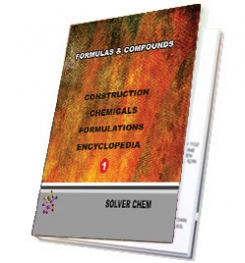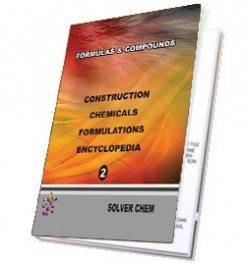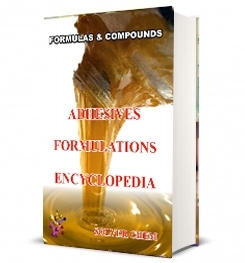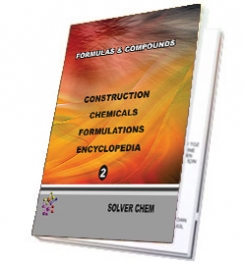The density of building mortar refers to the mass density of a certain proportion of uniformly mixed and stirred cementitious materials, sand and water. As for the component materials of mortar, their respective density is as follows: the apparent density of lime putty (1350kg/m³) > the bulk density of cement (1280kg/m³) > density of water (1000kg/m³). The apparent density of cement is 3.1g / cm. By theoretical analysis, with the increase of mortar strength, for cement mortar, the amount of cement used will increase and its density will also increase. For the composite mortar, the amount of cementitious materials and admixtures used for 1m³ of mortar mixture is certain, 300-350kg; while the amount of water used will increase with the increase of mortar strength and cement amount, which, therefore, tend to follow similar patterns of cement mortar. When the strength grade of mortar is the same and the amount of cement used is also basically the same, due to the addition of lime putty of greater density into the composite mortar, the density of composite mortar is slightly less than that of cement mortar of the same strength grade. Experimental data indicate that the practically measured value and the theoretically calculated value of mortar density are very close, and that the regularity and theoretic analysis are identical.
The density of building mortar is closely related to its component materials and directly affects the strength of mortar. Whether cement mortar or composite mortar, the density will increase with the increase of mortar strength.
In order to improve the workability of mortar, water-retaining and thickening materials are often added into the mortar. Water-retaining and thickening materials are divided into inorganic and organic, or air-entraining and non-air-entraining types. When non-air-entraining water-retaining and thickening materials are added into the mortar, generally there will be little effect on the density of mortar; while air-entraining water-retaining and thickening materials are added(Hydroxypropyl Methyl Cellulose), there will be a greater impact on the density and strength of mortar. The larger the added amount is, the smaller the density will be. And meanwhile the compressive strength will also get substantially decreased. For instance, when the air content of mortar is 20%, the compressive strength will decrease by about 25%. Therefore, the control of the density of building mortar can play a certain role both in ensuring its various properties such as the strength and in limiting the amount of raw materials used. The density of cement mortar is required to be no less than 1900kg/m³, and that of cement composite mortar should be no less than 1800kg/m³.
PRODUCTION FORMULATIONS and PRODUCTION PROCESS
about
CONSTRUCTION CHEMICALS
CONSTRUCTION CHEMICALS
FORMULATIONS
ENCYCLOPEDİA - 1
is enough.

Construction chemicals formulations encyclopedia - 1 contains tile and seramic adhesive formulations, production process ofcement based flexible tile and seramic adhesives, making rapid set and cement based tile and ceramic adhesive, grey and white tile and ceramic adhesive formulas, composition ofcement based marble and granite adhesive, manufacturing process of mortar grout ( joint filler ), cement based and polymer added joint fillerformulations, production of color mortar grouts,stamped concrete release powder production process, making stamped concrete colored hardener, formulation of thermal insulation coating plaster, cement based white and grey thermal insulating coating plaster manufacturing process, cement based waterproof coating plaster production process, cement based thermal insulating screed plaster composition, preparation of cement based heat insulation plate mortar, manufacturing process of cement based heat coating insulation plate adhesive mortar, formulations of satin plaster, making cement based and rapid set waterplug, formulations of cement based thick repair mortar,manufacturing process of black patching and reparing paste, making enjection mortar, formula ofkhorasan mortar, production process of hydraulic lime mortar, making gaseous concrete bonding ( adhesive ) mortar, composition and compound of cement based decorative plaster, formulations of plastic paint powder.

All construction chemicals in the encyclopedia are producible easily. You need no help and no technıcal support. The encyclopedia is enough to produce cement based adhesives, joint filler, plaster and mortar itself.
CONSTRUCTION CHEMICALS
FORMULATIONS
ENCYCLOPEDIA - 1
is written clear and understandable.

|
|

|
|

|
|

